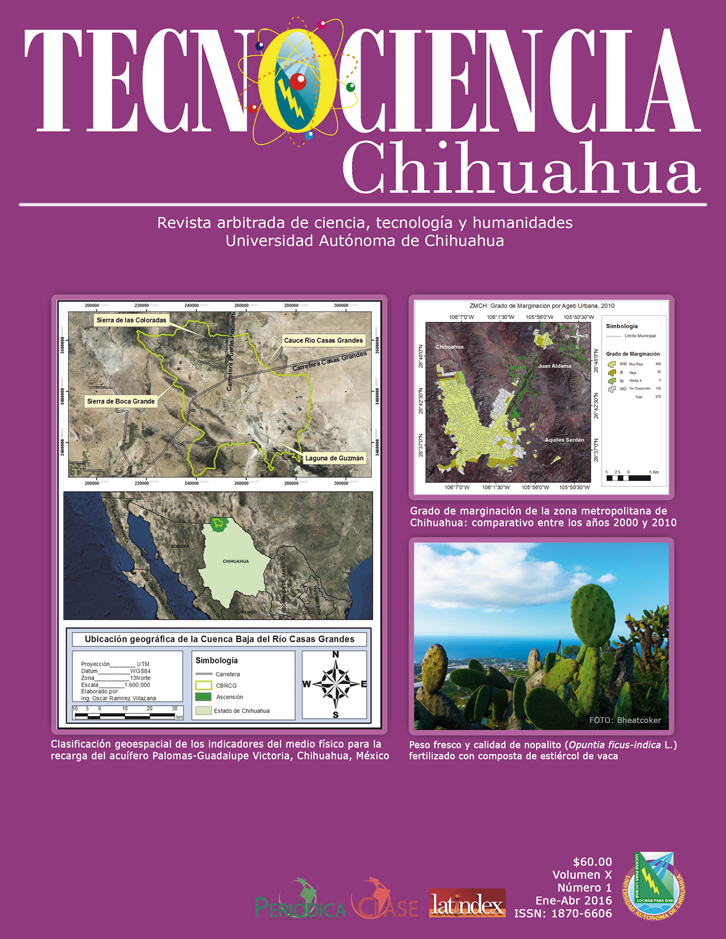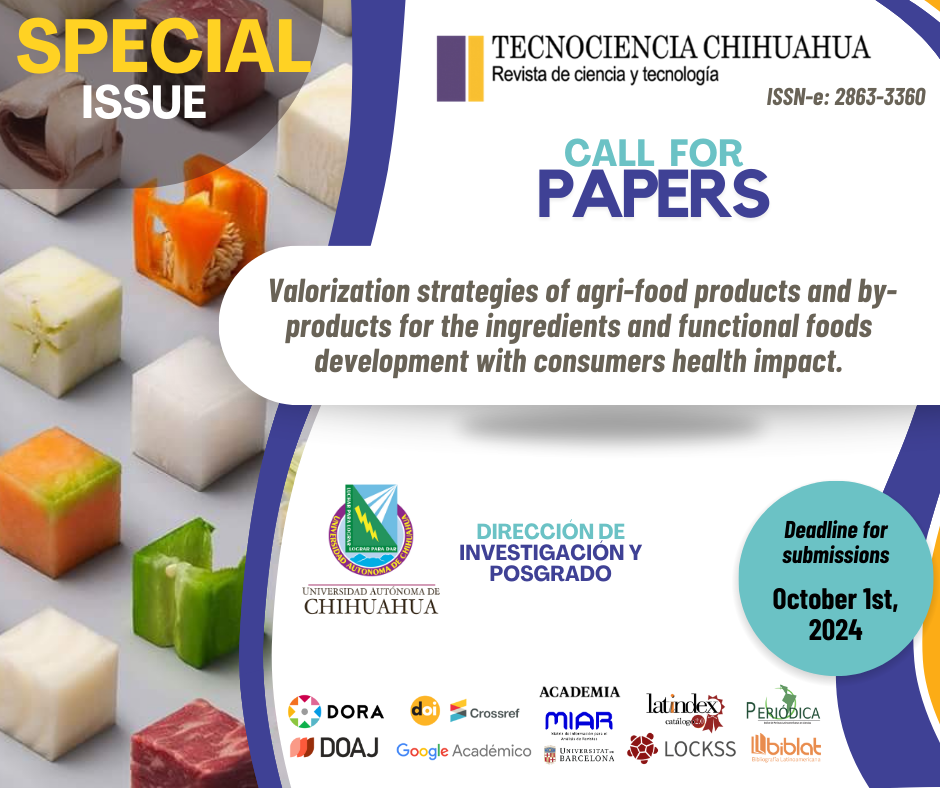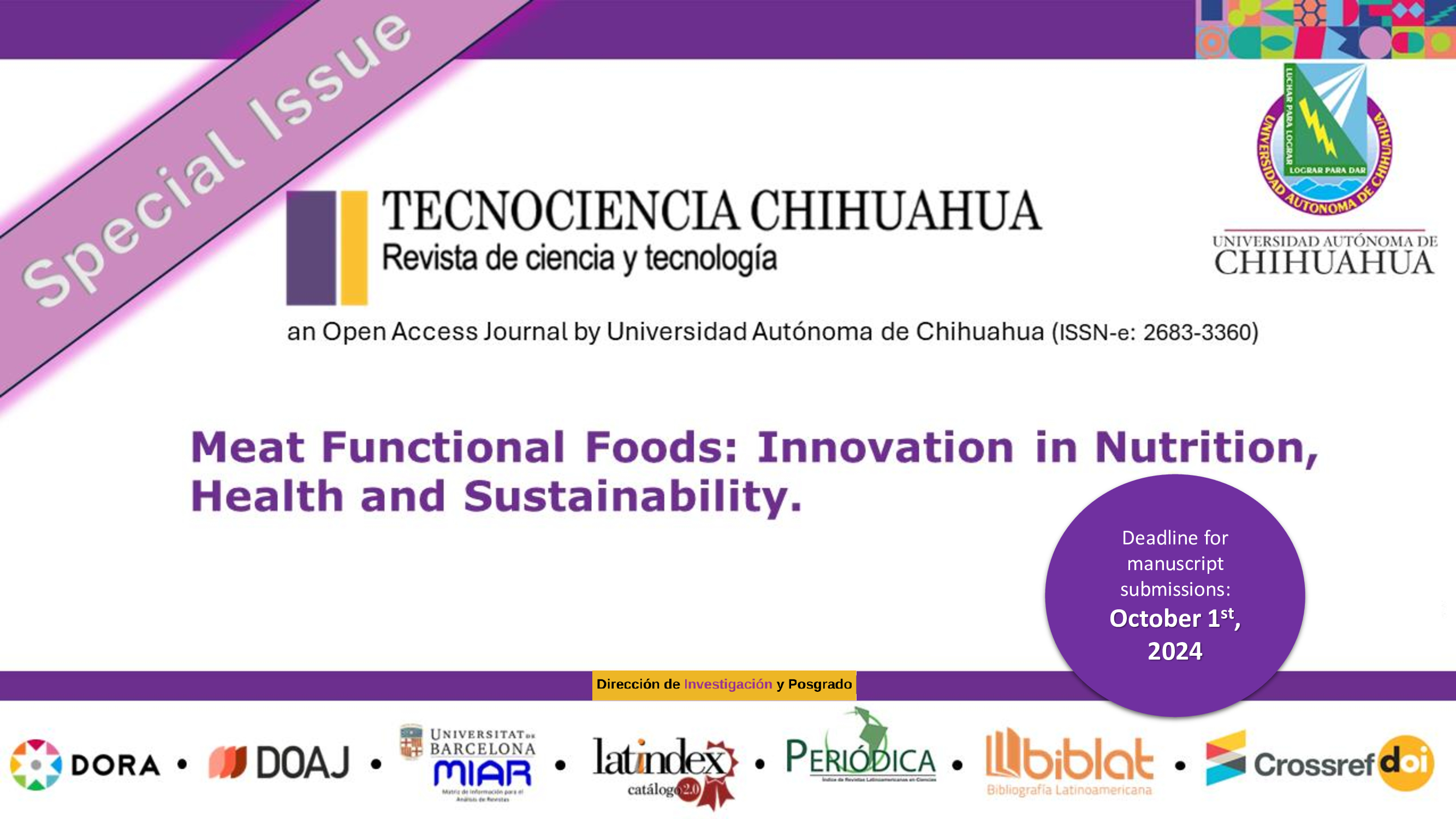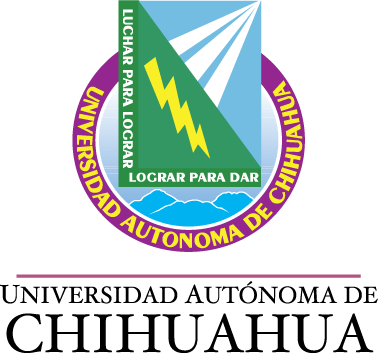Contenido de metales en sedimentos: una herramienta para evaluar pasivos ambientales mineros
Metal content in sediments: a tool to assess mining liabilities
Resumen
Los residuos minero-metalúrgicos que se encuentran expuestos a la intemperie son una fuente de contaminación que pueden afectar la salud de la población, deteriorar la calidad del hábitat y reducir la biodiversidad. Las situaciones donde estos residuos constituyen un riesgo potencial y permanente se denominan pasivos ambientales mineros. Las estrategias de remediación son más efectivas entre mejor se conozca la magnitud de la contaminación, su potencial de dispersión y su toxicidad potencial. En este artículo se mencionan las ventajas de usar sedimentos como medio de muestreo y algunas de las metodologías para su análisis que han sido utilizadas con éxito. Se concluye con las recomendaciones de: a) generar mapas donde se puedan visualizar fácilmente las áreas más contaminadas; b) complementar los mapas con información local sobre la movilidad de los elementos potencialmente tóxicos, su asociación con otros metales, así como las características del medio ambiente que podrían afectar su toxicidad, y; c) considerar aspectos políticos y sociales asociados con el pasivo ambiental minero.
Citas
Axtmann E.V. & S. N. Louma. 1991. Large-scale distribution of metal contaminants in the fine-grained sediments of the Clark Fork River, Montana USA. Applied Geochemistry 6(1): 75-88. https://doi.org/10.1016/0883-2927(91)90064-V
Besser J.M., W.G. Brumbaugh, A.L. Allert, B.C. Poulton, C.J. Schmitt & C.G. Ingersoll. 2009. Ecological impacts of lead mining on Ozark streams: Toxicity of sediment and pore water. Ecotoxicology and Environmental Safety 72(2): 516-526. https://doi.org/10.1016/j.ecoenv.2008.05.013
Cannon W.F., L.G. Woodruff & S. Pimley. 2004. Some statistical relationships between sediment and soil geochemistry in northwestern Wisconsin – can stream sediment compositions be used to predict compositions of soils in glaciated terranes? Journal of Geochemical Exploration 81(1-3): 29-46. https://doi.org/10.1016/S0375-6742%2803%2900211-5
Carranza, E.J.M. 2009. Exploratory analysis of geochemical anomalies. En Handbook of Exploration and Environmental Geochemistry Vol. 11 (pp.51-84). Elsevier. https://doi.org/10.1016/S1874-2734(09)70007-5
Castro-Larragoitia, J., U. Kramar & H. Puchelt. 1997. 200 years of mining activities at La Paz/San Luis Potosí/Mexico- Consequences to environment and geochemical exploration. Journal of Geochemical Exploration 58(1):81-91. https://doi.org/10.1016/S0375-6742(96)00054-4
Chiprés, J.A., J. Castro-Larragoitia, & M.G. Monroy. 2009. Exploratory and spatial data analysis for determining regional background levels and anomalies of potentially toxic elements in soils from Catorce-Matehuala, Mexico. Applied Geochemistry 24(8):1579-1589. https://doi.org/10.1016/j.apgeochem.2009.04.022
Förstner, U. 2004. Traceability of sediment analysis. TrAC Trends in Analytical Chemistry 23(3): 217-236. https://doi.org/10.1016/S0165-9936%2804%2900312-7
García-Lorenzo, M.L., C. Perez-Sirvent, M.J. Martinez-Sanchez, J. Molina-Ruiz & M.L. Tudela. 2012. Spatial distribution and sources of trace elements in sediments affected by old mining activities. Environmental Monitoring and Assessment 184 (11): 7041-7052. https://doi.org/10.1007/s10661-011-2478-8
Grunsky, E.C., L. J. Drew & D.M. Sutphin. 2009. Process recognition in multielement soil and stream-sediment geochemical data. Appl Geochem 24(8):1602–1616. https://doi.org/10.1016/j.apgeochem.2009.04.024
Gutiérrez, M., V.M. Reyes, M.T. Alarcón & D. Núñez. 2012. Exploratory analysis of sediment geochemistry to determine the source and dispersion of Ba, Fe, Mn, and Cu in Chihuahua, northern Mexico. Journal of Geography and Geology 4(4): 26-39. https://doi.org/10.5539/jgg.v4n4p26
Gutiérrez, M., M.T. Alarcon-Herrera & L.M. Camacho. 2009. Geographical distribution of arsenic in sediments within the Rio Conchos Basin, Mexico. Environmental Geology 57(4): 929-935. https://doi.org/10.1007/S00254-008-1371-4
Gutiérrez, M., S.S. Wu & J. L. Peebles. 2015. Geochemical mapping of Pb- and Zn- contaminated streambed sediments in southwest Missouri, USA. Journal of Soils and Sediments 15(1):189-197. https://doi.org/10.1007/s11368-014-1010-5
Gutiérrez, M., F.M. Romero & G. González. 2007. Suelos y sedimentos afectados por la dispersión de jales inactivos de sulfuros metalicos en la zona minera de Santa Barbara, Chihuahua, México. Revista Mexicana de Ciencias Geológicas 24 (2): 170-184. https://www.redalyc.org/articulo.oa?id=57224204
Hudson-Edwards, K., H. E. Jamieson & B.G. Lottermoser. 2011. Mine wastes: past, present, future. Elements 7(6): 375-380. https://doi.org/10.2113/GSELEMENTS.7.6.375
Long, E.R. & L.G. Morgan. 1990. The potential for biological effects of sediment-sorbed contaminants tested in the National Status and Trends Program. NOAA Technical Memorandum NOS OMA 52. https://repository.library.noaa.gov/view/noaa/1750
Lynch, S.F.L., L.C. Batty & P. Byrne. 2014. Environmental risk of metal mining contaminated river bank sediment at redox-transitional zones. Minerals 4(1): 52-73. https://doi.org/10.3390/min4010052
MacDonald, D.D., C.G. Ingersoll & T.A. Berger. 2000. Development and evaluation of consensus-based sediment quality guidelines for freshwater ecosystems: Archives of Environmental Contamination and Toxicology 39(1): 20–31. http://dx.doi.org/10.1007/s002440010075
Macintyre, M. 1998. Bunker Hill: light at the end of the tunnel. The Seattle Daily Journal of Commerce. https://www.djc.com/special/enviro98/10043970.htm
Martínez-Sanchez, M.J., M.C. Navarro, C. Perez-Sirvent, J. Marimon, J. Vidal, M.L. Garcia-Lorenzo & J. Bech. 2008. Assessment of the mobility of metals in a mining-impacted coastal area. Journal of Geochemical Exploration 96(2-3): 171-182. https://doi.org/10.1016/j.gexplo.2007.04.006
Melo, R. 2011. Evaluación de un pasivo ambiental metalúrgico (Tesis, Universidad Autónoma de San Luis Potosí). https://repositorioinstitucional.uaslp.mx/xmlui/handle/i/3555
Tessier, A., P.G.C. Campbell & M. Bisson. 1979. Sequential extraction procedure for the speciation of particulate trace metals. Analytical Chemistry 51(7): 844-851. https://doi.org/10.1021/ac50043a017
Rodríguez, L., H. Ferman, E. Torres, L. Sáenz, J. Luna, E. Herrera, G. González, D. Aranda Caro, J. Carrillo & L. Lozoya. 2010. Characterization of Topsoil Samples and Analysis of the Distribution of Heavy Metals in Parral Chihuahua, México. Journal of Environmental Science and Engineering 4: 12-17.
Romero, A., I. González & E. Galán. 2011. Stream water geochemistry from mine wastes in Peña de Hierro, Riotinto area, SW Spain: a case of extreme acid mine drainage. Environmental Earth Sciences 62(3):645-656. https://doi.org/10.1007/s12665-010-0554-y
Romero, F.M., M.A. Armienta, M.E. Gutiérrez & G. Villaseñor. 2008. Factores geológicos y climáticos que determinan la peligrosidad y el impacto ambiental de jales mineros. Revista Internacional de Contaminación Ambiental 24(2): 43-54. https://www.redalyc.org/articulo.oa?id=37024201
Russi D. & J. Martinez-Alier. 2002. Los pasivos ambientales. Iconos. Revista de Ciencias Sociales 15: 123-131. https://www.redalyc.org/articulo.oa?id=50901513
Salomons W, Förstner U. 1984. Sediments and the transport of Metals. En Metals in the Hydrocycle (pp. 63-98). Springer –Verlag. https://doi.org/10.1007/978-3-642-69325-0_3
Zoumis, T., A. Schmidt, L. Grigorova & W. Calmano. 2001. Contaminants in sediments: remobilization and demobilization. Science of the Total Environment 266(1-3): 195-202. https://doi.org/10.1016/s0048-9697(00)00740-3
Derechos de autor 2016 TECNOCIENCIA Chihuahua

Esta obra está bajo licencia internacional Creative Commons Reconocimiento-NoComercial 4.0.









